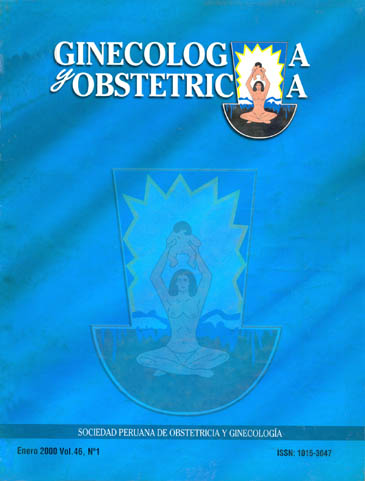Cervix adenocarcinoma
DOI:
https://doi.org/10.31403/rpgo.v46i1390Abstract
To evaluate epidemiological, prognostic factors and survival of adenocarcinoma of the cervix. DESIGN: Retrospective study of 648 patients diagnosed with adenocarcinoma of the cervix at the Institute of Neoplastic Diseases from 1985 to 1994. RESULTS: adenocarcinoma accounted for 6.5% of all cervical cancers. The mean age was 49 years (range 19-89 years). Multiparity occurred in 89%. It was associated with pregnancy in 1.6% of cases. The most common symptom was abnormal vaginal bleeding in 94%. The proportion of EC-I was 11%, 50% EC-II, EC-III 36% and 5% EC-IV. The most common histological subtype was squamous cell carcinoma (47.5%). The main treatment modality was radiation therapy (90%) and surgery (4.8%), especially for the early stages; the combination of surgery plus radiation therapy was used in 3.9% of patients. The overall life of 5 years was 68.5% and 62.6% 10 years, similar to patients with squamous cell carcinoma. CONCLUSIONS: The most important prognostic factors were clinical stage, tumor size, histologic subtype, grade, there were no statistical significance between the treatment modalities for early stages.Downloads
Download data is not yet available.
Downloads
Published
2015-07-16
How to Cite
Becerra, M., Alvarez, M., Santos, C., Galdos, O., & Morales, O. (2015). Cervix adenocarcinoma. The Peruvian Journal of Gynecology and Obstetrics, 46(1), 70–74. https://doi.org/10.31403/rpgo.v46i1390
Issue
Section
Artículos Originales
















